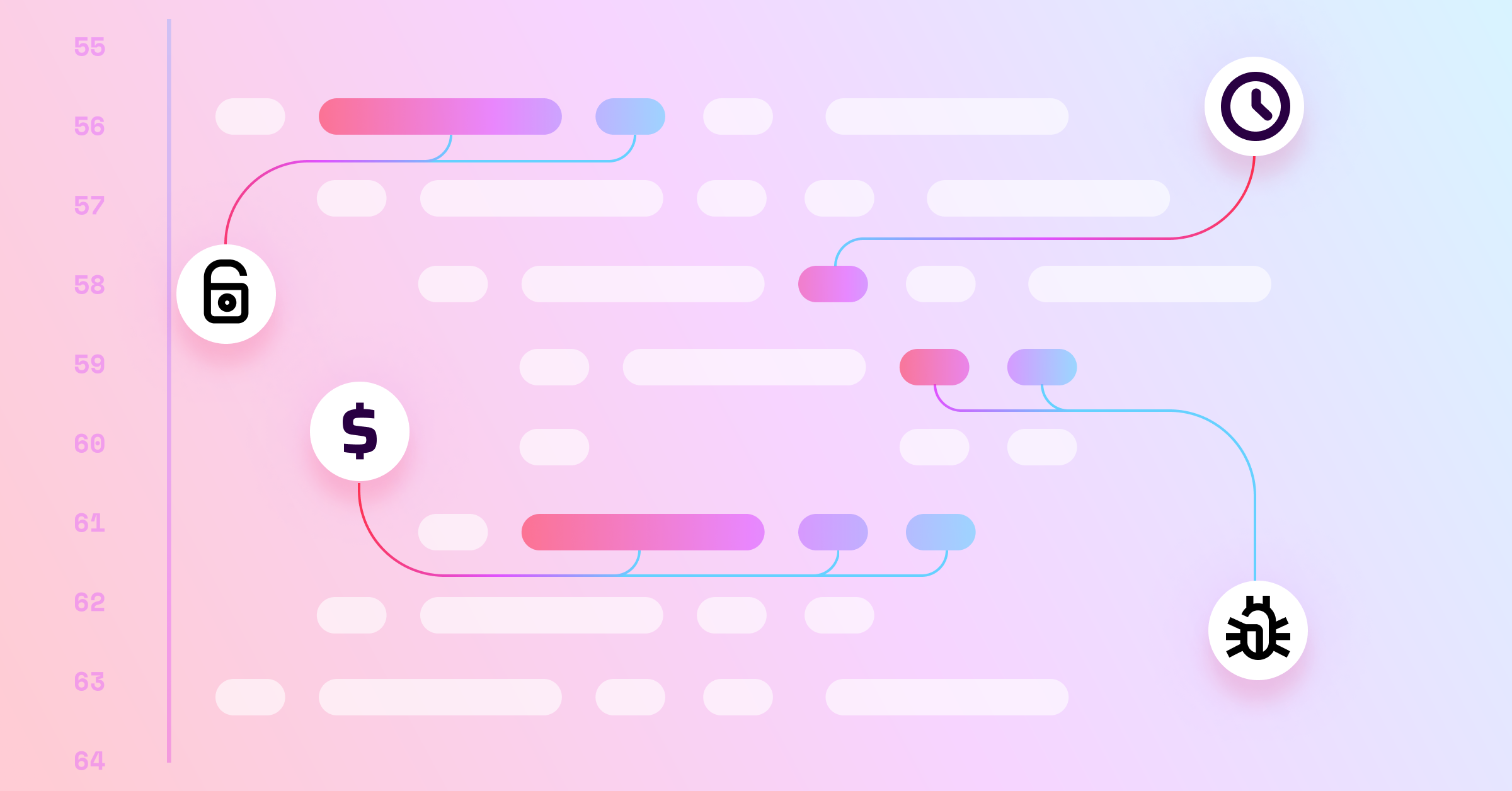Bad software code is simply a part of doing business. Technical debt has never been more significant—the accumulated software technical debt has grown to ~$1.52 trillion. And, despite advances in technology and development methodologies, the costs associated with fixing this problematic code continue to escalate, impacting businesses financially and operationally. But what is bad code, what are the clear markers of its negative impact, and how can organizations overcome it?
What is Bad Code?
Bad code is poorly written, difficult to understand, and challenging to maintain. It goes beyond mere syntax errors or minor bugs and can be:
- Complex: Overly intricate solutions to simple problems
- Poorly structured: Lack of logical organization in the code
- Lacking documentation: Insufficient explanations or comments
- Duplicative Repeated code snippets that could be streamlined
- Full of excessive dependencies: Over-reliance on other parts of the system or external libraries
These issues hinder software’s readability, maintainability, scalability, and security, making bad code a significant roadblock in development.
The Origins of Bad Code
Developers can write bad code for many reasons, including:
- Pressure to meet fast-paced deadlines: Pressure to deliver new features and functionality quickly often leads to cutting corners and neglecting best practices.
- Inadequate knowledge: Developers may need more experience or training to write issue-free code.
- Manual issue remediation: Without automated tools and embedded guidance, identifying and fixing issues can be inconsistent and error-prone.
- Inconsistent coding styles: Varied coding practices within a team can result in a codebase that’s difficult to decipher and update efficiently.
- Demand outpacing performance: The relentless push for new features can lead to rushed and poorly integrated code.
- AI coding assistants: While promising efficiency, these tools can introduce buggy and insecure code if not properly managed.
The Expansive Impact of Bad Code
The repercussions of bad code are extensive, influencing the entire development lifecycle and, ultimately, the business success of the software:
- Reduced maintainability and scalability: Bad code is hard to understand and modify, making it difficult to adapt to new business needs or easily incorporate new features.
- Increased bug count and technical debt: Poorly written code is prone to bugs, contributing to technical debt that accumulates over time and requires significant resources.
- Decreased productivity and efficiency: Developers spend excessive time deciphering and fixing bad code, diverting focus from innovation and new functionality.
- Increased costs and risks: The cumulative impact of bad code results in higher maintenance costs, frequent bug fixes, rework, and increased technical debt. Additionally, it poses risks to software reliability, security, and stability, leading to reputational damage and compliance issues.
The Financial Toll
Consider these statistics:
- The Consortium for IT Software Quality (CISQ) reported that poor software quality in the U.S. grew to at least $2.41 trillion in 2022.
- According to the Standish Group's CHAOS Report, only 31% of software projects are completed on time and within budget, with bad code being a significant factor.
Mitigating the Impact of Bad Code
Proactive measures can significantly reduce the negative impact of bad code:
- Refactoring: Regularly revisit and improve existing code.
- Code Reviews: Peer reviews to catch issues early and ensure consistency.
- Adherence to Coding Standards: Following industry best practices and maintaining uniform coding styles.
- Automated Testing: Utilizing tools to detect and fix issues early in development.
- Continuous Learning and Training: Ensuring developers are up-to-date with the latest coding techniques and practices.
Striving for Excellence
While perfection can be the enemy of progress in software development, you can commit to continuously improving the quality and security of your codebase through Code Quality practices. It requires diligence, collaboration, and a commitment to continuous improvement. Recognizing the existence of bad code and implementing proactive strategies to mitigate its effects allows developers to steer software toward success.
Ultimately, the beauty of code lies not only in its functionality but also in its elegance and maintainability. By striving for high standards, organizations can significantly reduce the costs and risks associated with bad code, paving the way for more robust and reliable software solutions.

